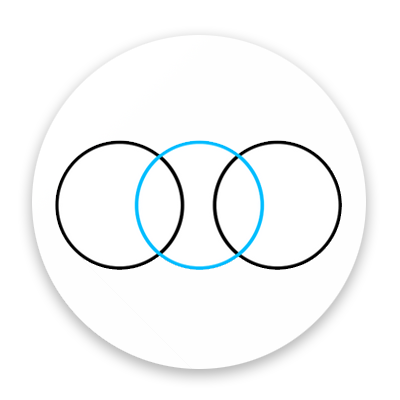I have done some research by watching non-dialogue short films and other films, which influenced my film The Owl. A non-dialogue film should not have any dialogue or human voices however it can have ambient sound and sound effects. I looked at Films short website, which featured short films from around the globe and there is a page called Short Shorts, a selection of short films under five minutes. There are several non-dialogue films, both animated and live-action, but one of them intrigued me the most which is Post-It Love (Si & Ad, 2009).
Dir. Si & AD / UK / 2008
Shy girl meets shy boy in the office, and they find a new way of expressing their affection in this endearing film.
There is another film, similar to Post-It Love, called Signs (Hughes, 2008). Patrick Hughes, who directed Signs, have recently directed an all-star ensemble film, The Expendables 3 (2014). What I really like about Signs and Post-It Love is that they use an alternative way of communication
Mark (Andrew Lincoln) shares his feelings with Juliet (Keira Knightley) via cards.
In a scene from Love Actually (Curtis, 2003), one of my favourite British films, the way Mark expresses his feelings and the music of Silent Night depict emotion which the audience would sympathise him.
The ending of John Lewis Christmas Advert (below) influenced the ending of The Owl because the music depicts the same way as the Love Actually scene does, and both featured a human protagonist give a thoughtful gift to make its animal friend happy.
The inspiration of these shots I filmed were from the shots in The Station Agent (McCarthy, 2003) when Fin started to settle down in an abandoned depot he inherited from his deceased friend.
Richard (my tutor) suggested me to use 10-22mm lens to make the close-up of the owl look big. This was inspired from the close-ups of the dog in My Wrongs 8245-8249 and 117 (Morris, 2002). Look at these close-ups from 4:30 to 4:50, they depict that a dog is becoming an annoying influence which the eponymous character in my film would become as well.
Finally, in the kitchen scene when the woman makes tea, there are jump cuts which featured in French New Wave films including Breathless (Godard, 1960). Here is the example from this scene from Breathless, from 0:55 to 1:01. They are one of the more unconventional film techniques and depict the pace and time passing by. The reason for using this editing technique is, not only it depicts a look of an independent or unconventional film, to save time on filming rather than doing an continuous shot of the woman making tea.




